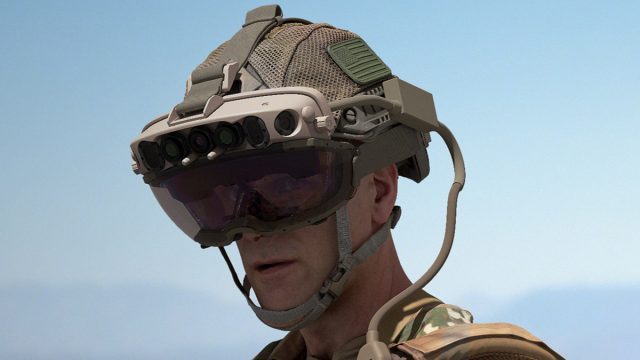Thinking of taking a close-up shot of the Volvo EX90’s roof-mounted LiDAR module? You might want to be extra careful, especially if you don’t want to end up with a permanently damaged camera sensor.
A Reddit user (Jeguetelli) recently shared a video of the Volvo EX90, and after recording a short clip on a smartphone, a weird distortion appears which seems to be permanent damage to the camera sensor. There are visible spots and horizontal lines that doesn’t seem to go away, which are reportedly caused by the LiDAR module mounted on the roof.
Never film the new Ex90 because you will break your cell camera.Lidar lasers burn your camera.
byu/Jeguetelli inVolvo
Turns out this isn’t just some one-off bug, as the LiDAR sensor could actually cause irreparable damage to your camera.
Even Volvo is aware of the issue and they have included a warning in the official EX90 user manual which reads:
Lidar light waves can damage external cameras
Do not point a camera directly at the lidar. The lidar, being a laser based system, uses infrared light waves that may cause damage to certain camera devices. This can include smartphones or phones equipped with a camera.
What is LiDAR used for in the Volvo EX90?
On the Volvo EX90, the LiDAR module is part of the vehicle’s advanced driver assistance system to enable future autonomous driving capabilities. Supplied by Luminar, Volvo’s LiDAR module is on the roof is claimed to be able to detect pedestrians, vehicles and road hazards up to 250 metres away. In addition, it is also claimed to be able to detect small and dark objects such as a random tyre on a black road 120 metres ahead, all while travelling at highway speeds.
By firing thousands of laser pulses per second and measuring how long they take to reflect back, the LiDAR module helps to create a detailed 3D map of the vehicle’s surroundings. The data helps the vehicle to “see” more accurately than cameras or radar alone, as an additional layer of safety.
Volvo claims that LiDAR can help reduce severe accidents with serious injury or death by up to 20%, while improving cash avoidance by up to 9%.
How can LiDAR damage your camera?
The LiDAR system on the Volvo EX90 uses a long-range 1550nm infrared laser that’s invisible to the human eye. While the 1550nm wavelength is considered safer for human eyes compared to 905nm LiDAR, the high power levels could cause damage to silicon based camera sensors (CMOS/CCD) as it has limited sensitivity above 1100nm.
This isn’t the first time we’re hearing about a LiDAR-related camera damage. About six years ago, an engineer had permanently damaged his Sony camera when he took some photos of an autonomous car with LIDAR modules during CES. After taking the shot, every other subsequent photos contain two bright purple spots with horizontal and vertical lines. The spots were still visible even with the lens cap on, indicating that it has burned into the sensor.
It is worth noting that Volvo isn’t the only carmaker equipped with LiDAR. Several carmakers including Zeekr, Lotus, BYD, Nio and Xiaomi are equipping their cars with LiDAR for enhanced autonomous driving capabilities, but most of them are not equipped with LiDAR as standard for the Malaysian market.
The Volvo EX90 for Malaysia does come with the LiDAR module but it is currently used for collecting local traffic data.
If you’re thinking taking a close up shot of a LiDAR equipped car or the module itself, it is recommended to take photos or record videos when the vehicle is parked and turned off. If you do notice any weird artifacts, you should stop recording immediately to avoid further damage.
In case you missed it, the Volvo EX90 is now available in Malaysia and is priced at RM442,888 (on-the-road, without insurance). This flagship 7-seater EV SUV features a dual-motor all-wheel-drive setup pushing 517hp and 910Nm of torque, paired with a 111kWh battery that delivers up to 623km of WLTP-rated range. It supports up to 250kW DC fast charging, allowing a 10-80% top-up in just 30 minutes.






